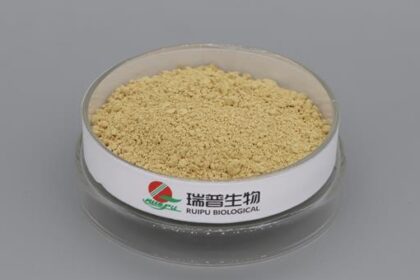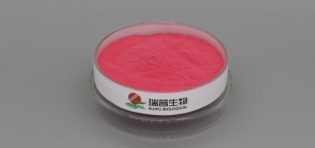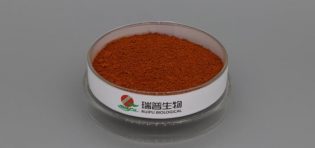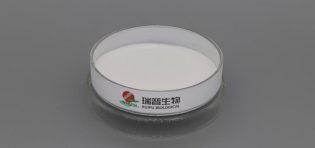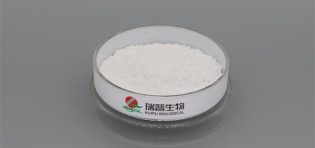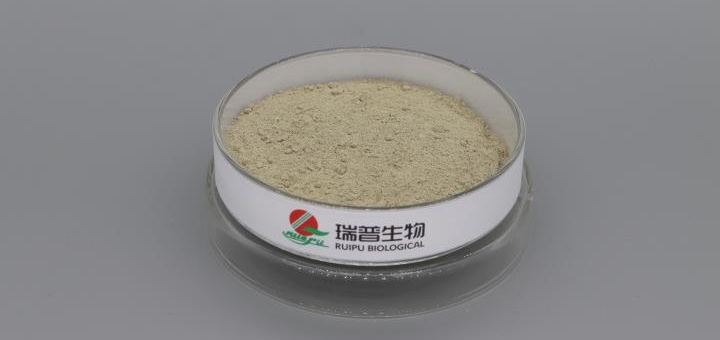
Ferrous gluconate, as an organic iron supplement, demonstrates significant development potential in the field of functional foods due to its unique physicochemical properties and biological activity. This potential is primarily reflected in the multiple alignments of adaptability, market demand, and technical feasibility.
I. Core Advantages: Fundamental Properties Adapting to Functional Foods
The advantages of ferrous gluconate make it an ideal iron fortifier in functional foods. Compared with inorganic iron such as ferrous sulfate, it has three core characteristics:
High bioavailability: As ferrous iron (Fe²⁺), its molecular structure is more compatible with the absorption mechanism of the human intestinal tract, with an absorption rate of 20%~30% (significantly higher than 10%~15% of inorganic iron). It can supplement iron in the human body more efficiently, meeting the demand for "precision nutrition" in functional foods.
Low irritation and palatability: Inorganic iron is prone to causing gastrointestinal discomfort (such as nausea and constipation) and has an obvious metallic taste. In contrast, the organic structure of ferrous gluconate can reduce irritation to the intestinal mucosa, with a weak fishy smell,and has little impact on the flavor of food, making it more acceptable to consumers — this is crucial for functional foods that are taken directly (such as beverages and pastries).
Good water solubility and stability: Its water solubility is better than that of most organic irons (such as ferrous fumarate). It dissolves easily in liquid foods and is not prone to precipitation. At the same time, it has strong stability in acidic or neutral environments. After treatment with technologies such as microencapsulation, it can also withstand high-temperature processing (such as baking and sterilization), adapting to various food production processes.
II. Target Populations: Precisely Matching Iron Supplementation Scenarios
The core of functional foods is "targeted resolution of nutritional needs of specific groups", and ferrous gluconate can exactly cover multiple groups with a high incidence of iron deficiency, providing a clear direction for product development:
Children and adolescents: Children in the growth and development stage have a strong demand for iron and are sensitive to food taste. Children's complementary foods (such as high-iron rice flour and fruit puree) added with ferrous gluconate can prevent iron deficiency anemia while ensuring good taste, helping growth and development.
Pregnant and lactating women: Iron demand increases during pregnancy (about twice that of ordinary women), but pregnant women are sensitive to gastrointestinal irritation. Products such as nutritional bars and protein powders for pregnant and lactating women containing ferrous gluconate can supplement iron gently and reduce the risk of discomfort.
Vegetarians and the elderly: Vegetarians are prone to iron deficiency due to the lack of animal iron sources (such as red meat); the elderly have weakened digestive functions and reduced iron absorption capacity. Plant-based yogurt and elderly nutritional porridge added with ferrous gluconate can supplement iron specifically and adapt to their dietary structure.
Athletes: High-intensity exercise may lead to increased iron loss, requiring additional supplementation. Sports drinks and energy gels containing ferrous gluconate can work synergistically with carbohydrates and electrolytes, taking into account both iron supplementation and energy supply.
III. Application Scenarios: Diversified Expansion of Functional Food Forms
Based on its physicochemical properties, ferrous gluconate can be integrated into various functional food forms to achieve diversified product development:
Liquid products: Such as iron-supplementing oral liquids and fermented milk drinks. Its water solubility can ensure the clarity of the liquid. After microencapsulation, it can also avoid reactions with components such as vitamin C and tea polyphenols in beverages (traditional iron agents are prone to oxidation failure with these components), extending the shelf life.
Solid products: Including nutritional bars, biscuits, and cereal crisps. During baking, stabilized ferrous gluconate can withstand high temperatures of 120~180℃ and is not easy to combine with phytic acid in flour (phytic acid inhibits iron absorption), ensuring the iron supplementation effect.
Semi-solid products: Such as yogurt, pudding, and jam. Its mild taste will not damage the smooth texture of dairy products nor mask the fruity flavor of jam, making it suitable for developing composite functional products of "daily snacks + iron supplementation".
IV. Market Potential and Challenges: Feasibility from Demand to Implementation
Currently, the global incidence of iron deficiency anemia remains high (especially in developing countries). The proportion of Chinese residents with insufficient iron intake reaches 15%~20%. Consumers have a strong demand for "natural, mild, and precise" iron supplementation products, providing a broad market foundation for ferrous gluconate functional foods. At the same time, national standards related to "nutritionally fortified foods" (such as GB 14880) explicitly allow ferrous gluconate to be used as an iron fortifier, paving the way for its application at the policy level.
However, two challenges need to be addressed during development: one is how to further mask the weak fishy smell(which can be achieved by compounding with fruit juices and plant extracts); the other is to improve stability in high-moisture and high-pH foods (such as using nano-encapsulation technology to isolate oxygen and metal ions). With the advancement of food processing technology, these issues are gradually controllable, further releasing its development potential.
Ferrous gluconate, with advantages such as high absorption rate, low irritation, and adaptability to multiple scenarios, precisely meets the core requirements of functional foods for "targeted nutrition, good palatability, and process compatibility". Combined with market demand and technological breakthroughs, its development potential in iron-supplementing functional foods is moving from theory to practice, and it is expected to become an important choice for the next generation of mainstream iron fortifiers.



